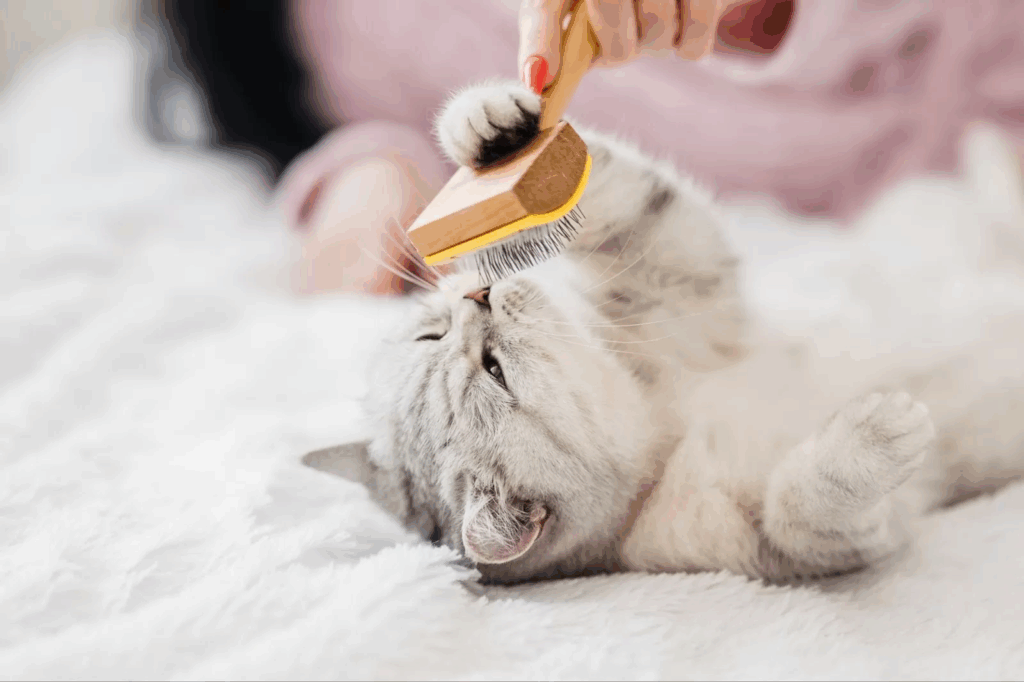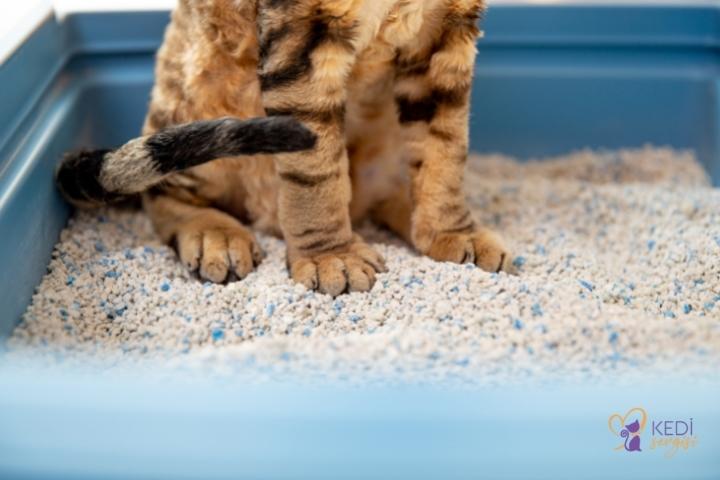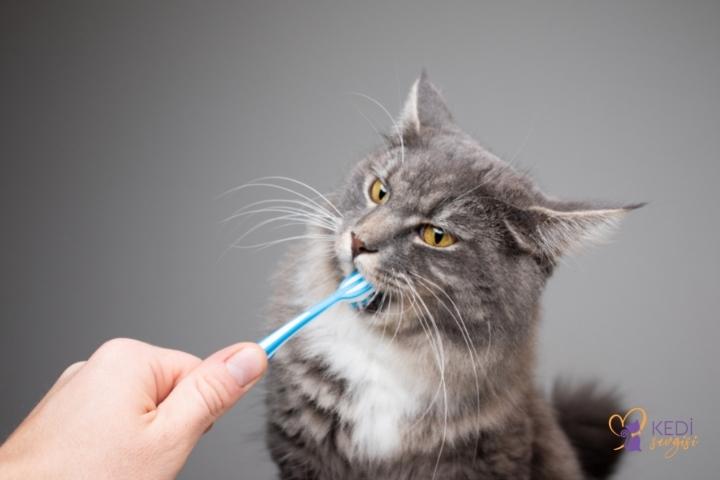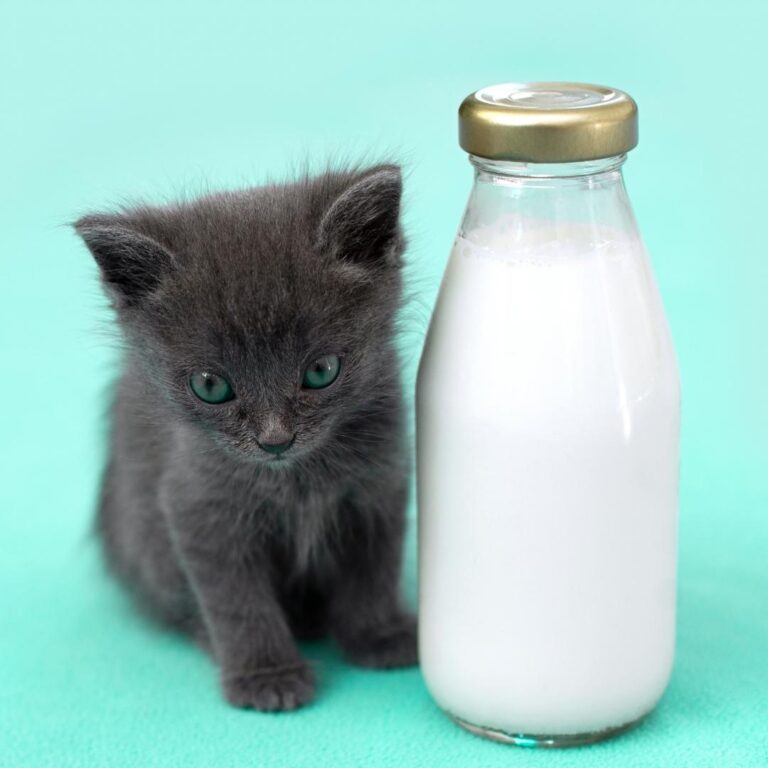The Importance of Grooming Your Cat: Health, Comfort, and Bonding

Cats are often praised for being “self-cleaning” animals. While it’s true they spend a large part of their day licking and grooming themselves, relying solely on your cat’s instincts isn’t enough. Regular grooming by owners plays a crucial role in maintaining your cat’s health, comfort, and overall happiness.
Why Grooming Matters
Grooming is more than just keeping your cat looking neat. It directly impacts their physical health and emotional well-being. Proper grooming helps prevent fur from matting, reduces hairballs, and allows owners to spot health issues early—like skin conditions, parasites, or lumps.
Cats of all coat lengths benefit: short-haired cats still shed and develop hairballs, while long-haired breeds like Persians or Maine Coons are especially prone to tangles and mats.

Key Benefits of Grooming
- Healthier Coat and Skin
Brushing distributes natural oils across your cat’s coat, keeping it shiny and soft. It also stimulates blood circulation and reduces excess shedding. - Prevention of Hairballs
When cats groom themselves, they swallow loose hair, which can form hairballs. Regular brushing removes much of this fur before it’s ingested. - Early Detection of Health Issues
Grooming gives you a chance to feel for bumps, rashes, parasites, or injuries that might otherwise go unnoticed until they become serious. - Reduced Shedding Around the Home
Less loose fur on your cat means less fur on your furniture, clothes, and floors. - Bonding Time
Grooming is not just practical—it strengthens the emotional bond between you and your cat. For many cats, brushing is calming and enjoyable when done gently.
Beyond Brushing: Full Cat Grooming
Brushing is only one part of grooming. Full care should include:
- Nail trimming — prevents painful overgrowth and reduces damage to furniture.
- Ear cleaning — helps prevent infections by removing wax buildup.
- Dental hygiene — brushing or dental treats to reduce tartar and gum disease.
- Bathing (occasionally) — while not always necessary, some cats with skin conditions or heavy coats may need baths.
How Often Should You Groom?
- Short-haired cats: Brush once or twice a week.
- Long-haired cats: Daily brushing is recommended to prevent mats.
- Nail trimming: Every 2–4 weeks.
- Dental care: Several times per week if possible.
Closing Thoughts
Grooming your cat is a simple but essential act of care. It improves their health, reduces stress, and creates moments of connection. By incorporating grooming into your cat’s routine, you not only keep them looking their best—you also give them a healthier, happier life.






